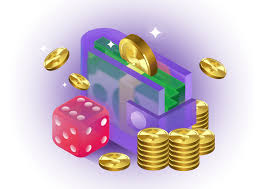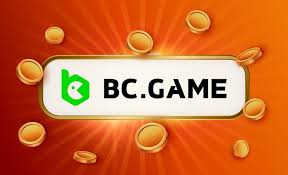
Understanding Stake Copyright: Its Importance and Implications
In an increasingly digital world, the protection of creative works is more crucial than ever. This is where stake copyright comes into play, ensuring that creators retain their rights and receive recognition for their original contributions. Stake copyright refers to the legal framework that grants creators exclusive rights over their works, allowing them to control how their creations are used, distributed, and monetized. In this article, we will explore the nuances of stake copyright, its historical context, key principles, and its application in today’s creative industries.
The Historical Context of Copyright
Copyright has long been a fundamental aspect of intellectual property law. Its roots can be traced back to the Statute of Anne in 1710, which established the rights of authors to control the reproduction of their works. Over the centuries, copyright laws have evolved, adapting to changes in technology and society. Stake copyright represents an essential component of this evolution, responding specifically to the needs of modern creators navigating the complexities of digital media.
The Principles of Stake Copyright
At its core, stake copyright encompasses several key principles:
- Originality: For a work to qualify for copyright protection, it must be original and display a degree of creativity. This excludes ideas or facts but protects the expression of those ideas.
- Automatic Protection: Copyright protection is automatic upon the creation of a work, meaning creators do not need to register their work to obtain rights, though registration offers additional legal advantages.
- Exclusive Rights: Stake copyright provides creators with exclusive rights to reproduce, distribute, perform, display, and create derivative works based on their original material.
- Duration: Copyright protection is not indefinite; it is usually granted for the life of the author plus a specific number of years (commonly 70 years in many jurisdictions) before the work enters the public domain.
Why Stake Copyright is Important
The significance of stake copyright cannot be overstated. It encourages creativity by ensuring that authors and artists can potentially profit from their hard work. Without these protections, creators would have little incentive to produce new content, leading to stagnation in cultural and artistic innovation. Moreover, stakeholders in various industries, from music to writing and film, rely on stake copyright to safeguard their valuable intellectual property.
Challenges and Implications
Despite its importance, the concept of stake copyright is not without its challenges. In the digital age, the ease with which content can be shared and replicated raises questions about enforcement and violations. Issues such as copyright infringement, piracy, and fair use create a complex legal landscape that creators must navigate. Furthermore, the rise of platforms that allow user-generated content has blurred the lines of ownership, complicating matters of stake copyright.

Stake Copyright in the Digital Era
As technology evolves, so too does the interpretation and enforcement of stake copyright. The internet has transformed how creative works are distributed and consumed, leading to new forms of copyright challenges. Streaming services, social media platforms, and user-generated content sites are just a few examples where stake copyright issues arise. The need for digital literacy among creators, consumers, and legal professionals has never been more pressing.
Case Studies in Stake Copyright
To illustrate the challenges of stake copyright in the 21st century, consider the following case studies:
- Music Industry: The rise of streaming platforms has drastically altered how music is consumed. While artists can reach a global audience, they often face challenges in ensuring they receive fair compensation due to complicated licensing agreements.
- Visual Art: Digital art, including NFTs (Non-Fungible Tokens), has gained popularity. However, issues of plagiarism and unauthorized use of artists’ works remain prevalent online.
The Role of Stakeholders
Various stakeholders play a crucial role in the ecosystem of stake copyright. These include:
- Creators: Artists, musicians, and writers who produce original works and aim to protect their intellectual property.
- Consumers: Individuals who enjoy and share creative works but must navigate the complexities of fair use and copyright infringements.
- Legal Professionals: Attorneys specializing in intellectual property law who help navigate copyright issues and protect the rights of creators.
- Legislators: Policymakers who create and amend copyright laws to address the evolving landscape of creativity in the digital age.
The Future of Stake Copyright
Looking ahead, several trends may shape the future of stake copyright:
- Legislative Changes: As technology evolves, there will likely be a push for updated copyright laws that better reflect the realities of digital content creation and sharing.
- Greater Enforcement: The development of better tools for identifying and curbing copyright infringement online will be crucial for protecting creators.
- Increased Awareness: Educational initiatives aimed at both creators and consumers will help foster a better understanding of copyright, encouraging respect for intellectual property rights.
Conclusion
In a world where creative expressions are vital to culture and innovation, understanding and protecting stake copyright is essential. By recognizing the historical context, embracing the principles of copyright law, and navigating the challenges of the digital landscape, we can ensure that creators can continue to contribute their unique voices to society. As we move forward, a collaborative effort among creators, consumers, legal professionals, and lawmakers will be key to fostering a healthy environment for creativity and intellectual property.
